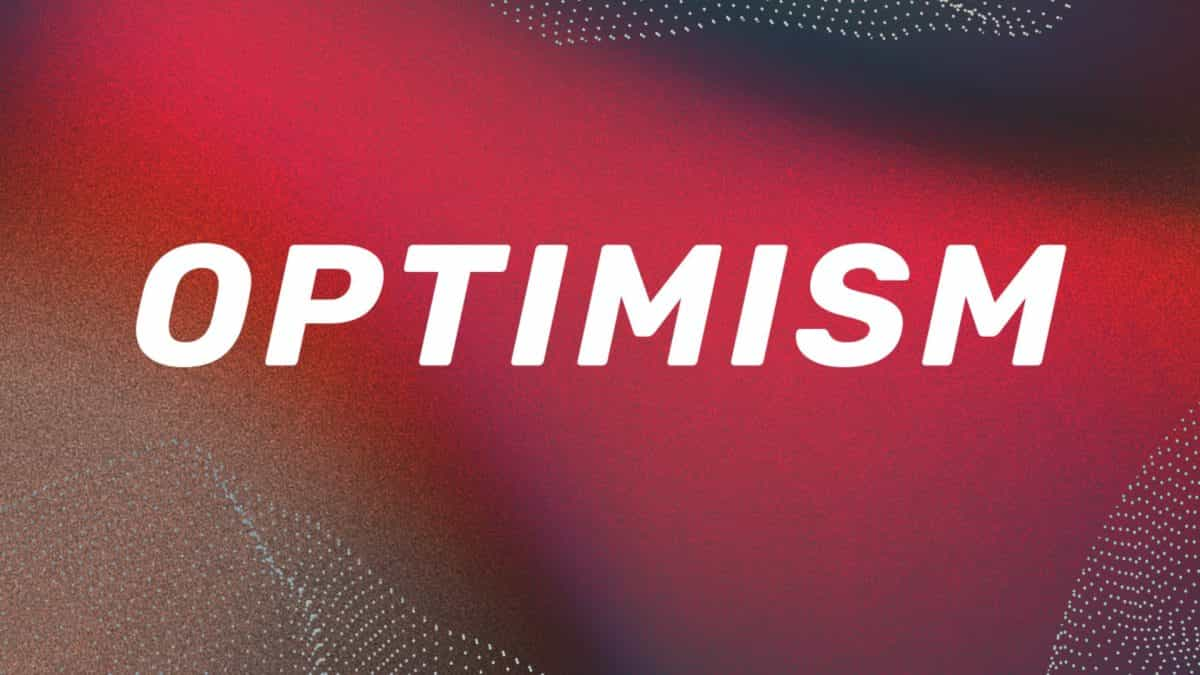Polkadot eyes support for 1,000 parachains in future

Quick Take
- Polkadot developers are planning to introduce an update that will help expand the number of ecosystem parachains to 1,000.
- The announcement was made at the sub0 developer conference in Lisbon.

The core developers at Polkadot  DOT
-1.89%
are looking to expand the ecosystem’s current parachain limit of 100, aiming to eventually onboard 1,000 parachains in future with help from software updates.
DOT
-1.89%
are looking to expand the ecosystem’s current parachain limit of 100, aiming to eventually onboard 1,000 parachains in future with help from software updates.
"Asynchronous backing" is one such update to Polkadot’s parachain consensus protocol. The update is designed to halve the parachain block time from 12 seconds to 6 seconds and augment the block space for each block by 5-10 times.
"Asynchronous backing enables flexible scheduling for our future scaling work through elastic scaling and instantaneous coretime. We have a credible roadmap to get Polkadot to support 1,000 parachains and 1m+ transactions per second. The design is there — we know how to scale Polkadot for the indefinite future,” Parity Engineering Lead Sophia Gold said in a statement.
A release of asynchronous backing is set to be deployed to Polkadot’s Rococo testnet in about two weeks, Parity Technologies, a leading contributor to Polkadot, said at the sub0 developer conference in Lisbon. The timeline of the mainnet release remains tentative.
Polkadot functions as an interoperability network, connecting numerous application-specific blockchains called parachains, which derive security from a central blockchain called Relay Chain.
Gold added that asynchronous backing would also enable Polkadot to more than triple its number of Polkadot validators by the end of 2024 to around 1,000, describing this as “the most significant evolution of parachain consensus since we launched parachains almost two years ago.”
© 2023 The Block. All Rights Reserved. This article is provided for informational purposes only. It is not offered or intended to be used as legal, tax, investment, financial, or other advice.



